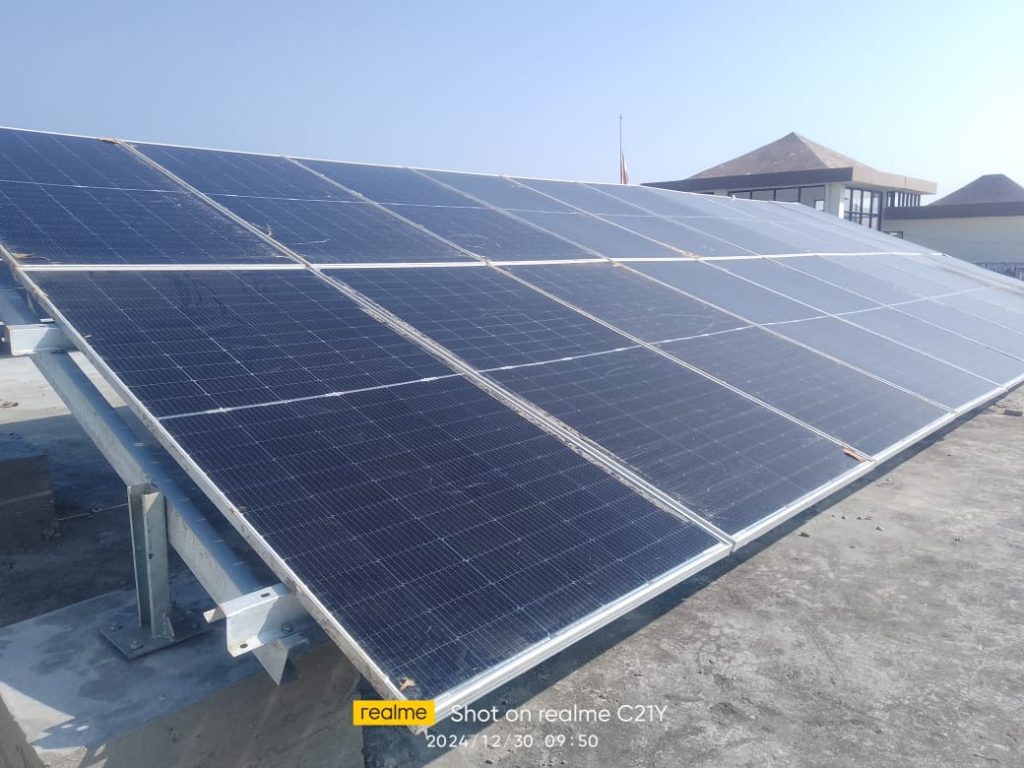Solar energy has emerged as a cornerstone in the transition towards sustainable energy. This article explores the latest trends and innovations shaping the future of solar power.GreenShade Consultants
Introduction
As the global community intensifies efforts to combat climate change, solar energy stands out as a pivotal solution. Technological advancements and innovative approaches are continually enhancing the efficiency and accessibility of solar power.
Advancements in Photovoltaic Technology
Recent developments in photovoltaic (PV) cells have significantly improved their efficiency. Perovskite solar cells, for instance, have shown remarkable potential, offering higher efficiency rates compared to traditional silicon-based cells. Researchers are also exploring tandem solar cells, which combine multiple materials to capture a broader spectrum of sunlight.
Energy Storage Solutions
One of the challenges with solar energy has been its intermittent nature. However, advancements in energy storage technologies are addressing this issue. High-capacity batteries, such as lithium-ion and emerging solid-state batteries, enable the storage of solar energy for use during periods of low sunlight, ensuring a consistent power supply.Silber Consulting+6Green Jobs Board+6Home Page+6
Integration with Smart Grids
The integration of solar energy systems with smart grids enhances the efficiency and reliability of power distribution. Smart grids utilize digital communication technology to detect and react to local changes in usage, improving the balance between energy supply and demand. This synergy allows for better management of solar energy inputs and contributes to a more resilient energy infrastructure.
Floating Solar Farms
To address land constraints, floating solar farms have been developed, installing PV panels on bodies of water. This approach not only conserves land but also reduces water evaporation and improves panel efficiency due to the cooling effect of water. Countries like China and India have already implemented large-scale floating solar projects, showcasing the viability of this innovation.
Building-Integrated Photovoltaics (BIPV)
BIPV involves integrating solar panels into building materials, such as windows, facades, and roofs. This seamless incorporation allows buildings to generate their own electricity without compromising aesthetics. Advancements in transparent solar cells have further expanded the possibilities for BIPV, enabling windows to function as solar panels.
Conclusion
The future of solar energy is bright, with continuous innovations enhancing its efficiency, storage, and integration capabilities. As these technologies mature, solar power is poised to play an increasingly central role in the global energy landscape, driving us towards a more sustainable and resilient future.



